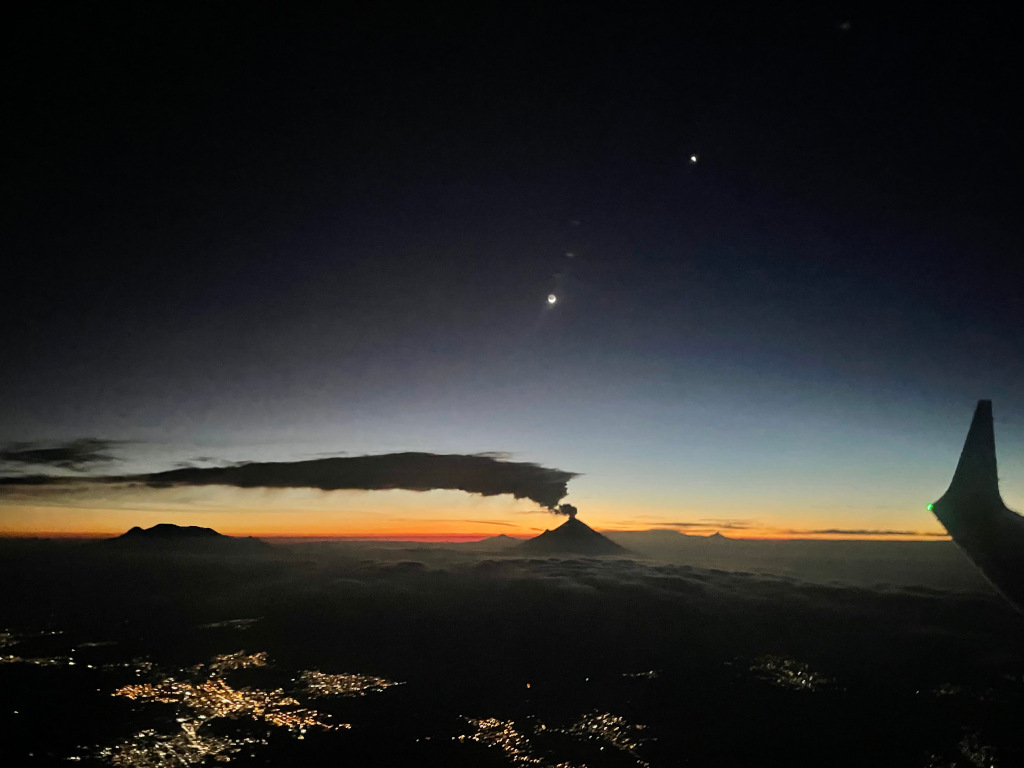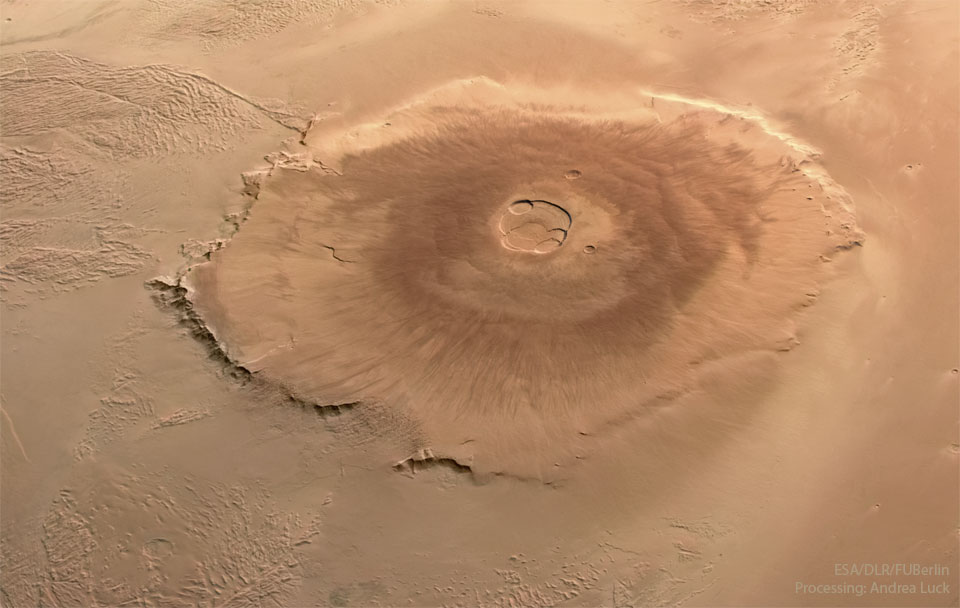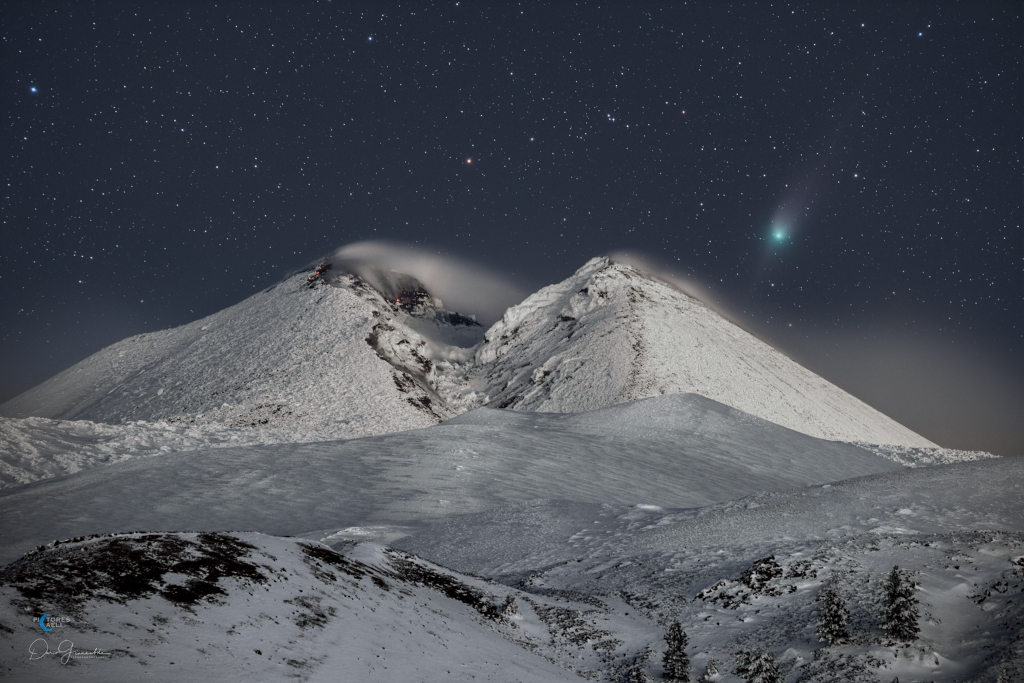水火山上空的闪电
A volcano is shown with its peak in the midst of purple clouds. Lightning appears to come out of the top of the volcano in multiple paths into the upper sky. Please see the explanation for more detailed information.
图中显示的是一座火山,其峰顶位于紫色云层之中。闪电似乎从火山顶部射出,沿着多条路径直冲云霄。有关更多详细信息,请参阅说明。










